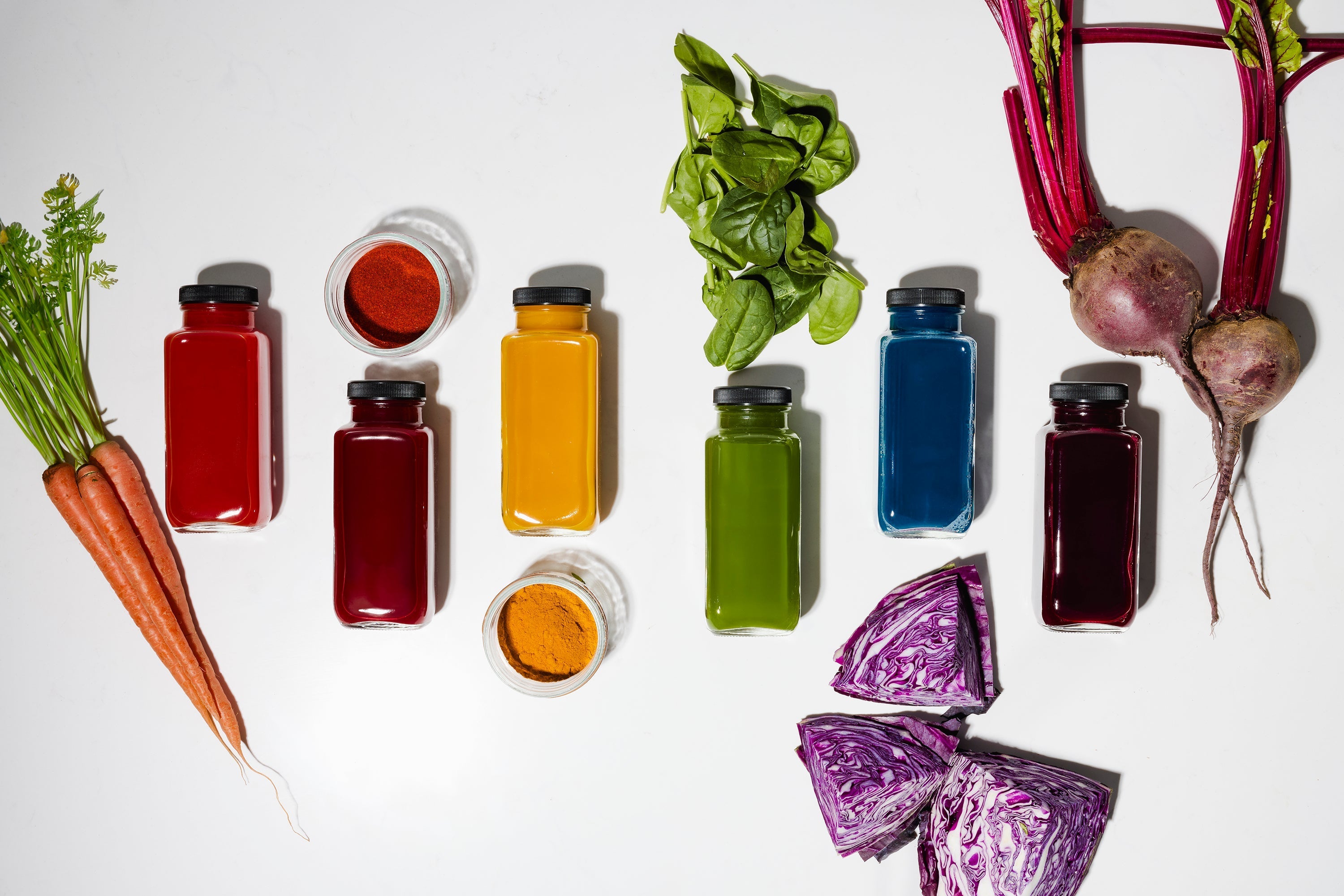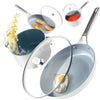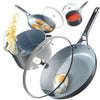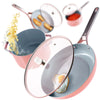
Why rely on artificial food coloring when nature provides everything you need for vibrant, healthy dyes? With a little chemistry and some common kitchen ingredients, you can create a full spectrum of natural food coloring.
Pink: Beets
Chop 3 beets, simmer them in water for 25 minutes, purée, and strain. For a deeper color, simmer longer to concentrate the pigment.
Beets owe their vibrant pink-red color to betalains, a class of water-soluble pigments. Betalains remain stable at a wide range of pH levels, making them a reliable choice for food coloring.
Orange: Carrots
Chop and simmer carrots, like beets, then strain the liquid for a bright orange dye. Make sure you use fresh carrots for the brightest results—older carrots may lose some vibrancy.
Carrots are rich in beta-carotene, a pigment that gives them their orange hue. Beta-carotene is fat-soluble, so if you’re adding this dye to something with fat (like frosting), the color will disperse even better.
Yellow: Turmeric
Method: Simmer ground turmeric in water to release its bold, golden color. But, be careful—turmeric stains EVERYTHING, so handle with care!
Turmeric’s yellow hue comes from curcumin, a fat-soluble compound with potent coloring properties. Curcumin is also stable under heat, making it great for both baked and stovetop dishes.
Green: Spinach
Simmer spinach leaves, purée, and strain the mixture to extract the green pigment.
Why it works: Spinach contains chlorophyll, the pigment responsible for its green color. While chlorophyll isn’t as stable as some other pigments (heat and light can dull it), it still works beautifully in recipes that don’t require long cooking times.
Purple & Blue: Red Cabbage Magic
Simmer red cabbage for a purple dye, or add a pinch of baking soda to the purple liquid to turn it blue. For a more dramatic color shift, experiment with lemon juice (to deepen the purple) or more baking soda (to intensify the blue).
Red cabbage is packed with anthocyanins, water-soluble pigments that change color depending on the pH. In an acidic environment, they appear purple; when exposed to a basic substance (like baking soda), they shift to blue.
Red: Paprika
Simmer ground paprika in water to extract its warm, deep red color.
Paprika’s red comes from carotenoids, specifically capsanthin and capsorubin, which are fat-soluble pigments.


















